Your shopping cart is empty!
MENU
- Home +
-
Roll-Up Boats+
METAL MASTER Series

- MA420PRO (14 feet) Entire Hull Protection and High-Speed Trimaran
- MA380Pro High-Speed Trimaran
- MA330HD (11 feet) Heavy Duty Version
- MA360HD (12 feet) Heavy Duty Version
- MA 330 (11 feet) Fully Loaded Premium Inflatable Boat (Aluminum Floor)
- MA360 (12 ft) Fully Loaded Premium Inflatable Boat (Aluminum Floor)
- MA380 (12.5 feet) Fully Loaded Premium Inflatable Boat (Aluminum Floor)
Osprey Advanced Series

- OS 240A (8 feet) Advanced Inflatable Tender
- OS 270A (9 feet) Advanced Inflatable Tender
- OS 300A (10 feet) Advanced Inflatable Tender
- OS 330A (11 FEET) ADVANCED INFLATABLE FISHING BOAT
- OS 360A (12 FEET) ADVANCED INFLATABLE FISHING BOAT
- OS 380A (12.5 FEET) ADVANCED INFLATABLE FISHING BOAT
- Osprey Fishing Pro 360
-
Commercial Grade Boats+
-
Rigid-Hull Boats+
Navisoul® RIB

- NS350GT 11.5 feet Premium Fiberglass RIB
- NS390C 13 feet Luxury Fiberglass RIB
- NS400C – Premium 13 ft Console RIB (2026 Model)
- NS350C 12 FEET LUXURY FIBERGLASS RIB
- NS480C 16 feet Luxury Fiberglass RIB
- NS330C 11 feet Luxury Fiberglass RIB
- NS270A 9 feet Fiberglass Tenders
- NS330A 11 feet Fiberglass Tender
- View More
ALD Series Double-Deck Aluminum RIB Boats

- 2024 ALD 300 (10 feet) Classic Double Deck Aluminum RIB
- 2025 INNOVOCEAN ALD330 – 11ft Euro Helm Aluminum RIB
- ALD270 (9 feet) Classic Double Deck Aluminum RIB
- 2024 ALD 330 (11 feet) Classic Double Deck Aluminum RIB
- 2024 ALD 360 (12 feet) Classic Double Deck Aluminum RIB
- 2024 ALD 390 (13 feet) Classic Double Deck Aluminum RIB
- Motor & Accessories +
-
Guides & UX
- Best Inflatable Boat Videos
- Instructional Videos
- Boat Show Videos
- Community Boating Events
- Pleasure Craft Licence and Operator Card
- Customer Reviews and Testimonials
- Best Inflatable Fishing Boats
- Blog +
-
+
- +
- +
- +


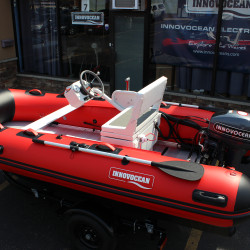

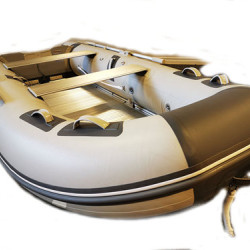
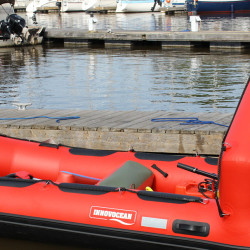
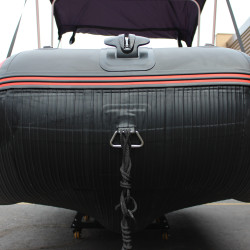
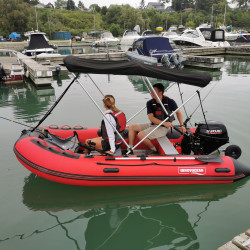
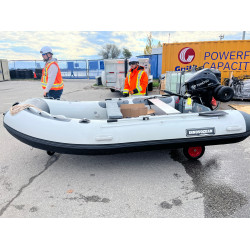

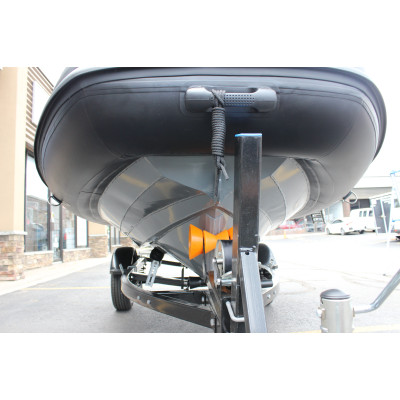
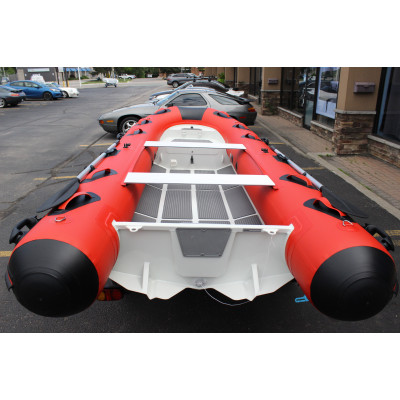


Leave a Comment